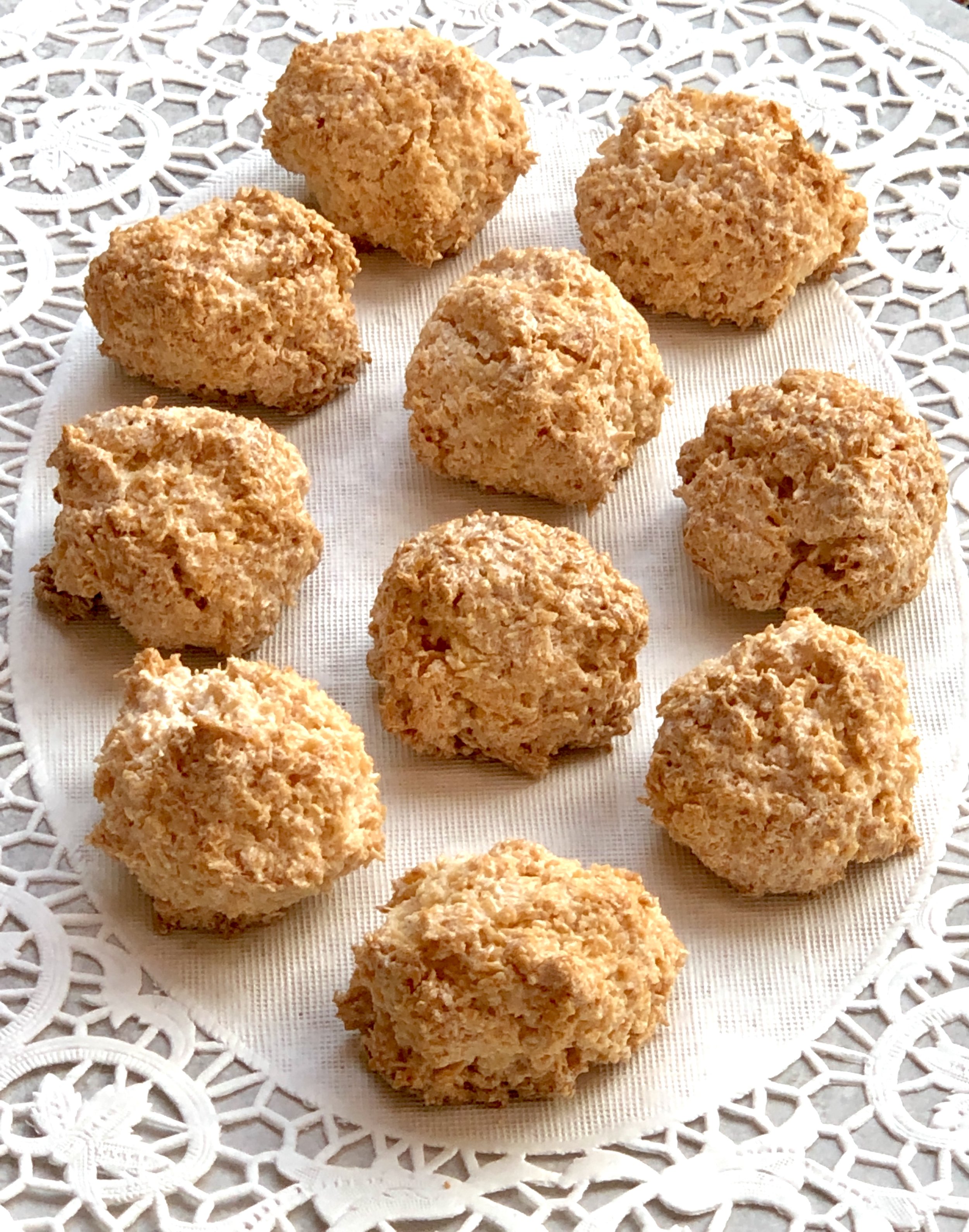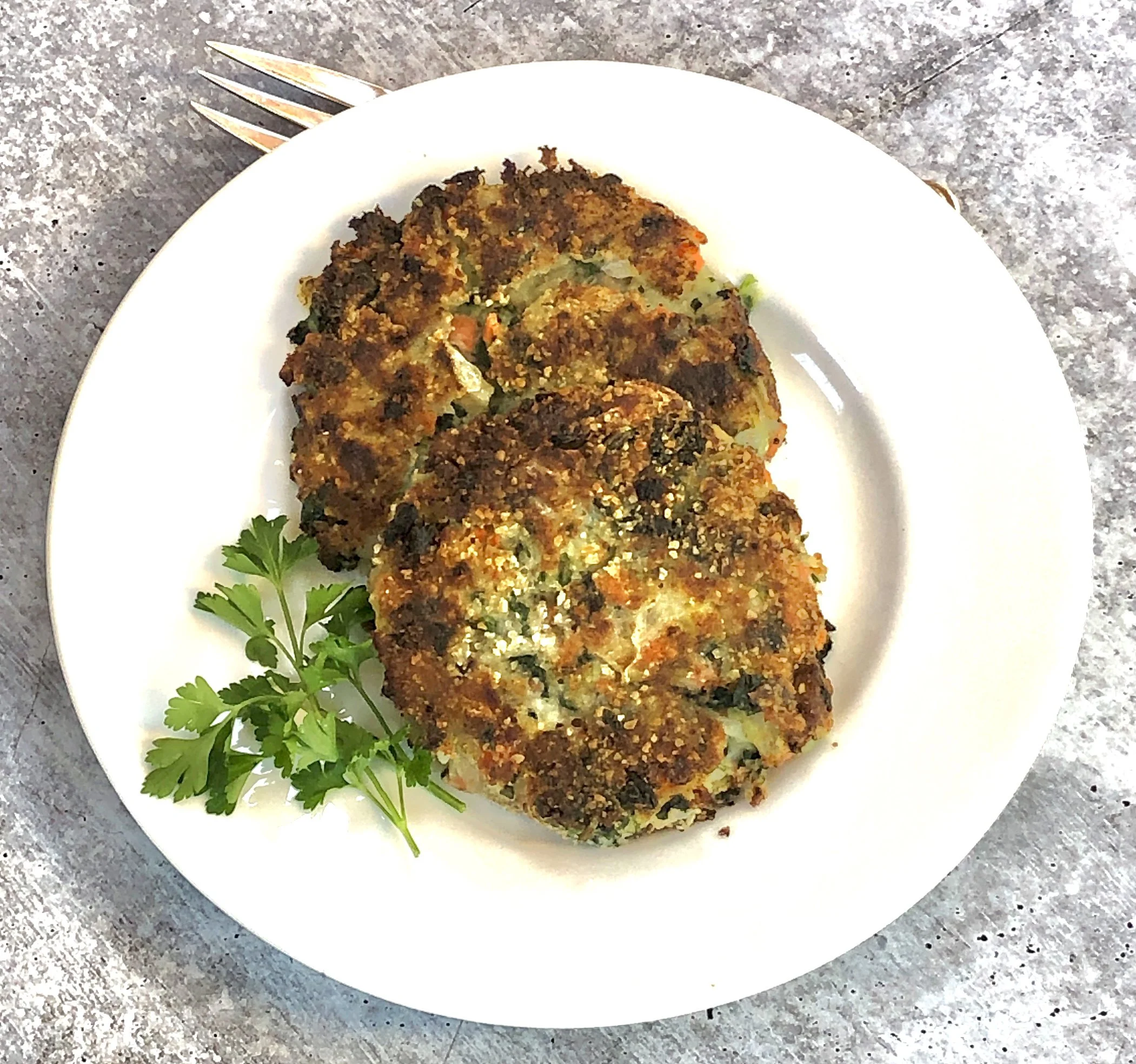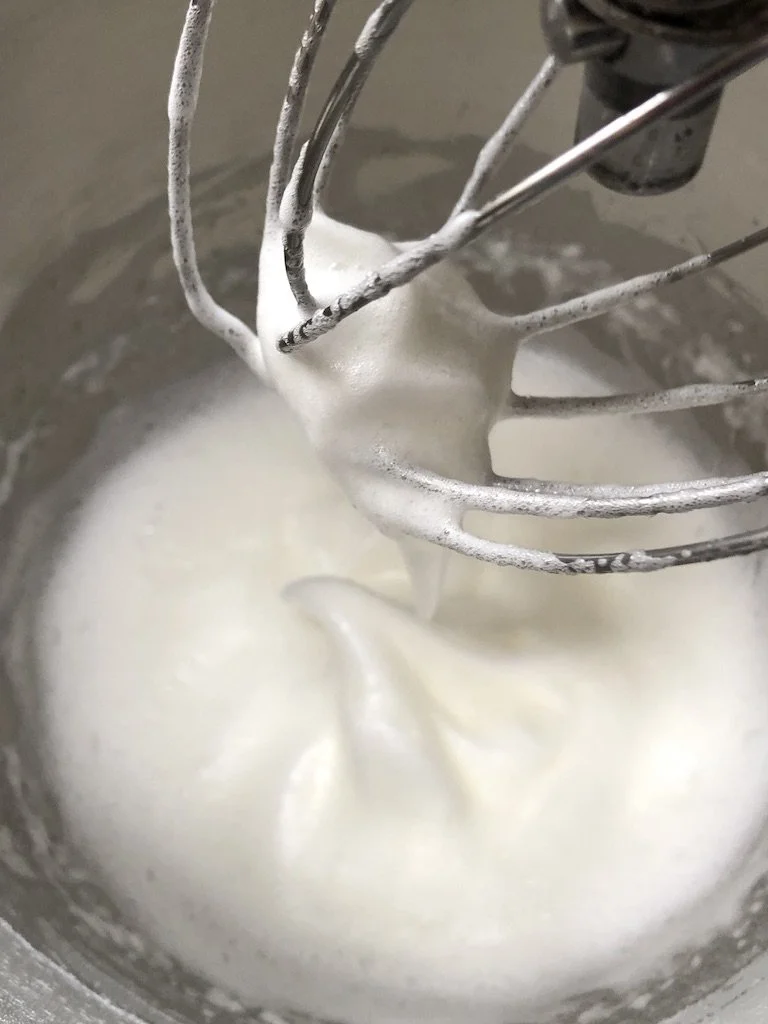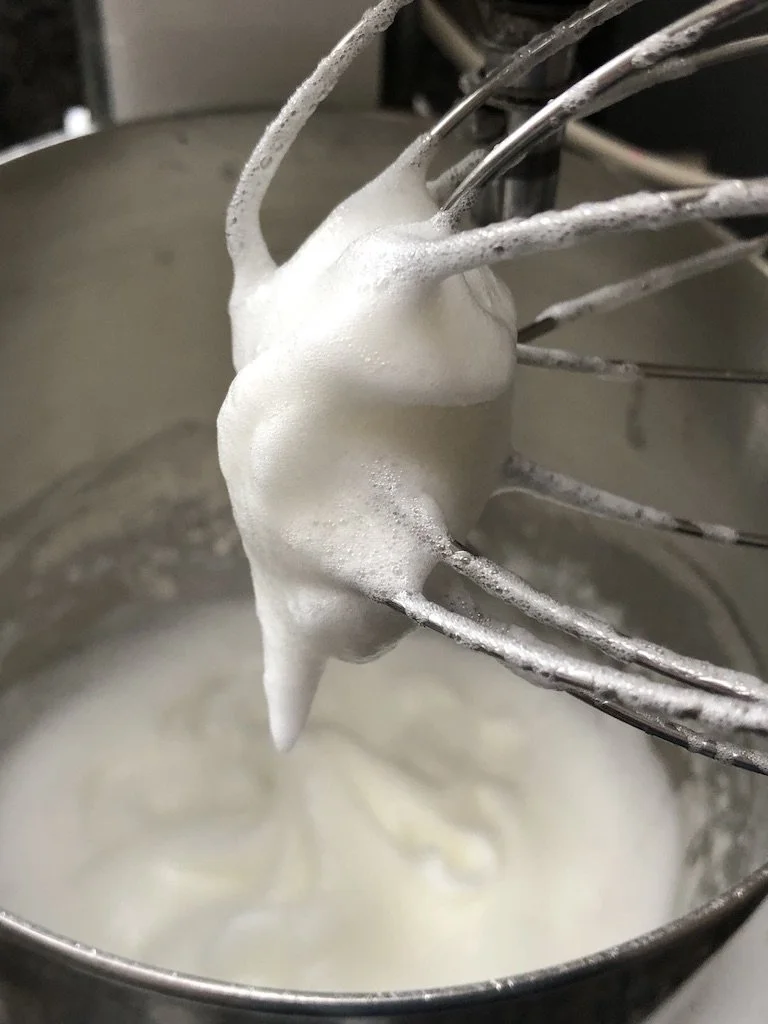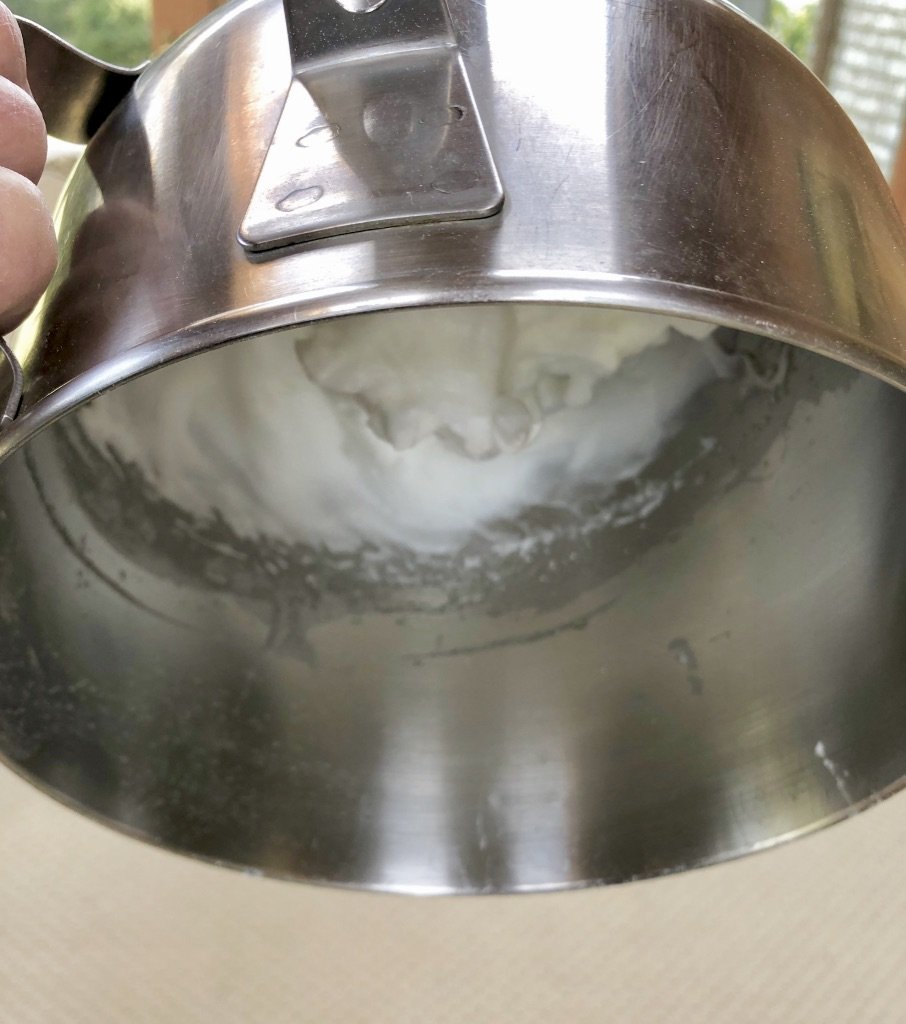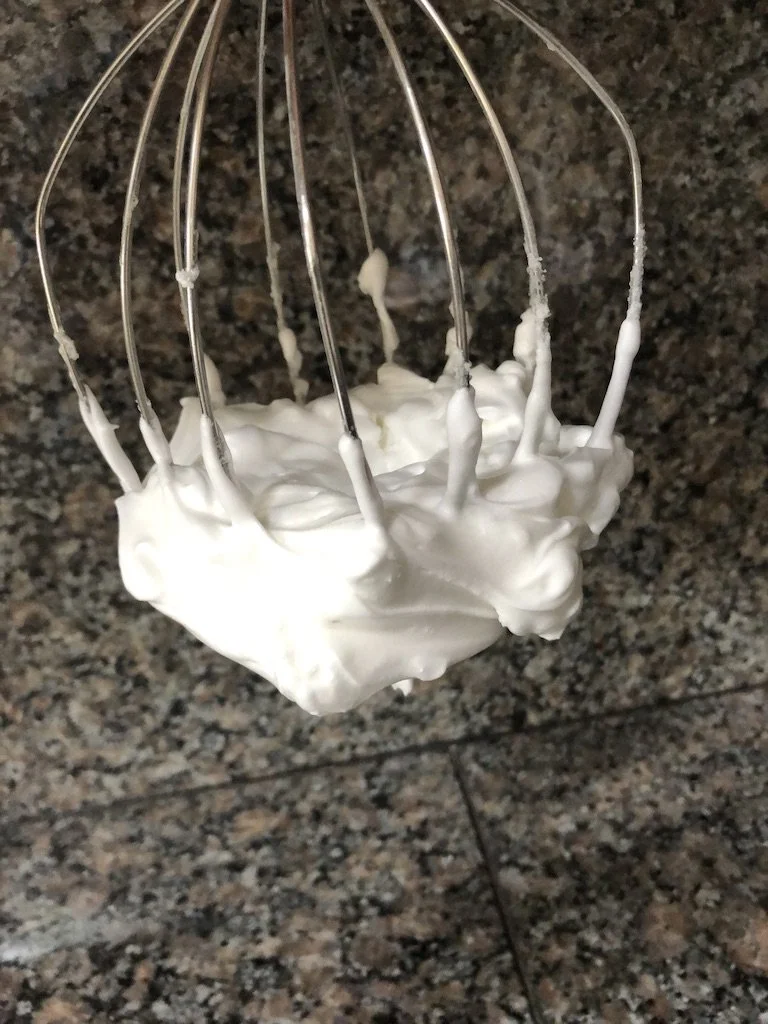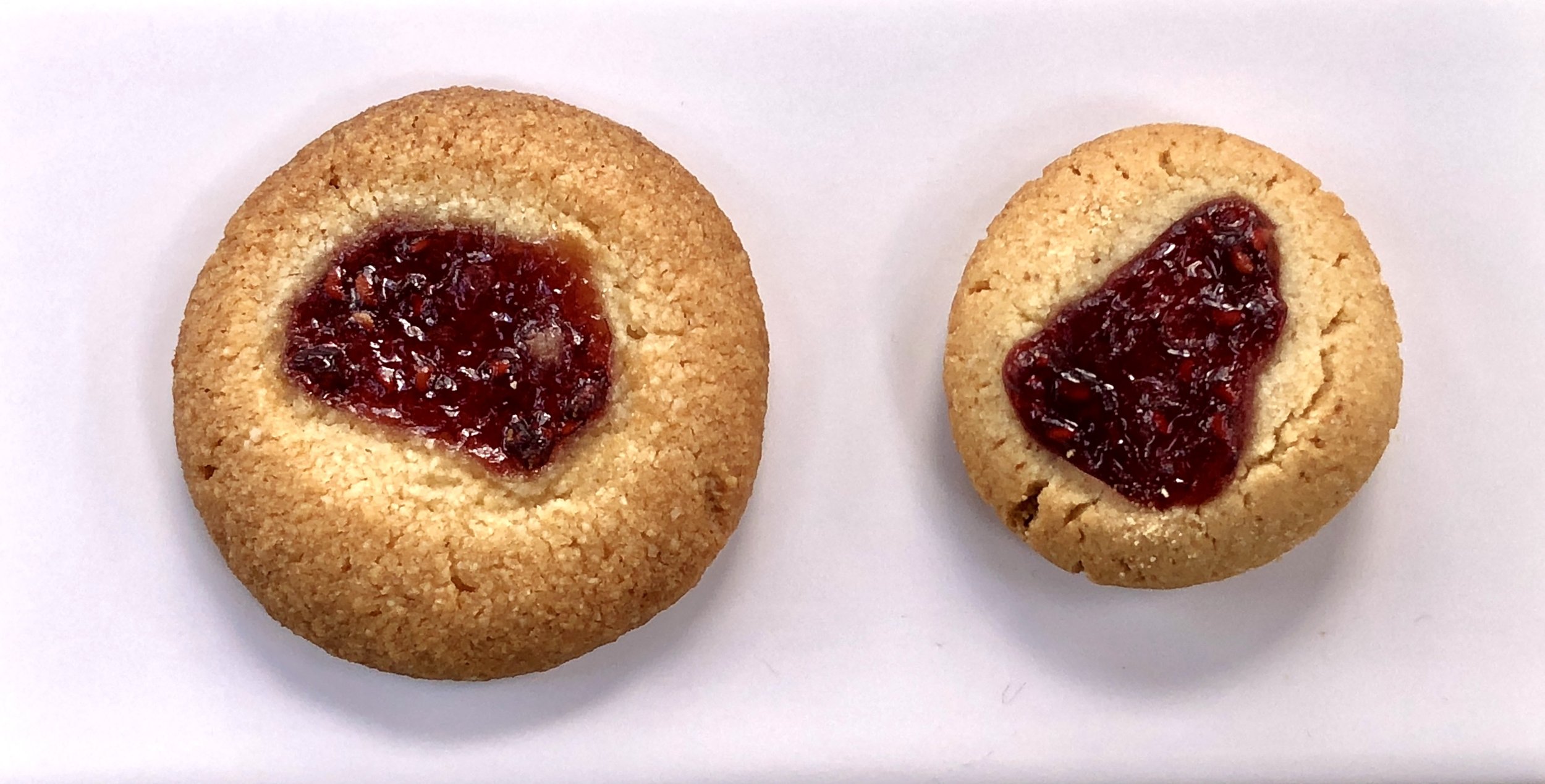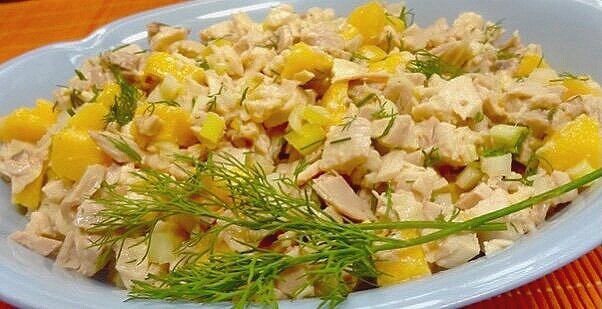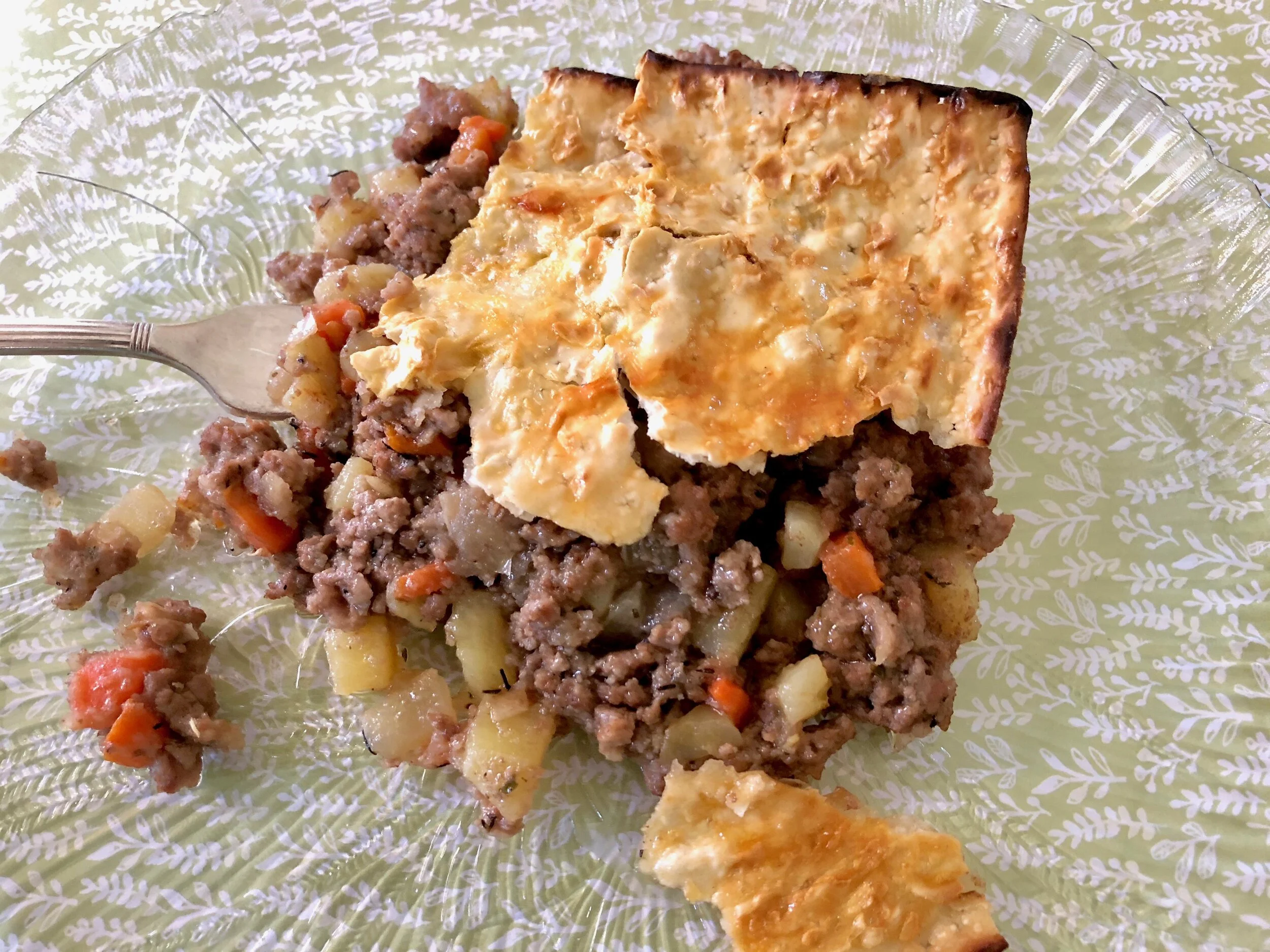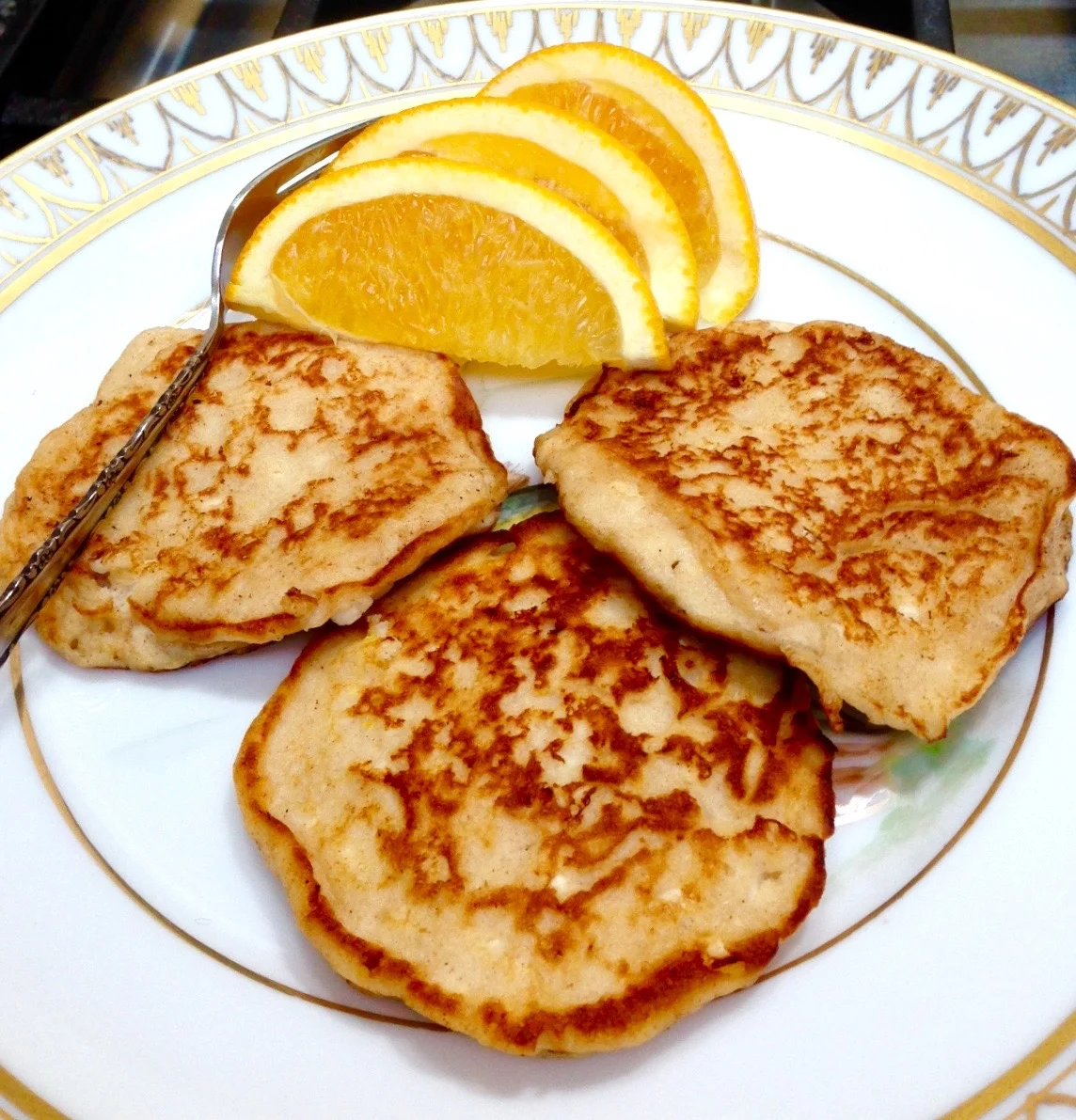Last year I posted a recipe for a Passover version of my Aunt Fanny’s famous butter cookies (which we call Fannies in her honor). They were a big hit at our house.
But this year, after reading an article in Hadassah magazine by food writer and cookbook author Adeena Sussman, I took yet another approach. The article suggested using the grain-free products such as almond flour and coconut flour that have become available in recent years.
I made several versions, experimenting with amounts (you can’t just substitute all-purpose flour or matza cake meal 1:1 for grain-free flour) and had my “tasters” try all of them.
We had two winners. Most people liked the almond and coconut flour recipe; it is tender and buttery. But some liked the matza cake meal and coconut flour recipe; it is dense, more crumbly, and suitable for nut-free diets.
I’m not finished experimenting. Aunt Fanny, wherever you are — your cookie recipe is immortal, now in the original and in Passover versions now and yet to come.
Here are both recipes.
Almond and Coconut Butter Cookies (Passover)
2 cups almond flour
1/2 cup coconut flour
1/2 teaspoon salt
1/2 pound unsalted butter
3/4 cup sugar
2 large egg yolks
1-1/2 teaspoons vanilla extract
jam, lekvar, chocolate chips, etc.
Preheat the oven to 350 degrees. Mix the almond flour, coconut flour and salt in a bowl and set aside. Place the butter and sugar in the bowl of an electric mixer and mix on medium speed for 1-2 minutes or until the ingredients are evenly combined.or until the mixture is light and fluffy. Add the almond flour mixture and mix another 1-2 minutes, or until the ingredients are almost blended. Add the egg yolks and vanilla extract. Mix the ingredients 1-2 minutes, or until a uniform dough forms. Refrigerate the dough for at least 45 minutes. Scoop pieces of dough and shape them into balls about 1" in diameter. Flatten the balls between your palms. Press each circle with your thumb to make an indentation in the center. Place the cookies on a cookie sheet, leaving an inch of space between them. Fill the thumb print spaces with a small amount of lekvar, jam, etc. Bake for 18-23 minutes or until the cookies are golden brown.
Makes about 50
Matza Cake Meal and Coconut Butter Cookies (Passover)
1 cup matza cake meal
1 cup coconut flour
1/2 teaspoon salt
1/2 pound unsalted butter
3/4 cup sugar
4 large egg yolks
1 teaspoon vanilla extract
jam, lekvar, chocolate chips, etc.
Preheat the oven to 350 degrees. Mix the matza cake meal, coconut flour and salt in a bowl and set aside. Place the butter and sugar in the bowl of an electric mixer and mix on medium speed for 1-2 minutes or until the ingredients are evenly combined.or until the mixture is light and fluffy. Add the dry ingredients and mix another 1-2 minutes, or until the ingredients are almost blended. Add the egg yolks and vanilla extract. Mix the ingredients 1-2 minutes, or until a uniform dough forms. Scoop pieces of dough and shape them into balls about 1" in diameter. Flatten the balls between your palms. Press each circle with your thumb to make an indentation in the center. Place the cookies on a cookie sheet, leaving an inch of space between them. Fill the thumb print spaces with a small amount of lekvar, jam, etc. Bake for 22-25 minutes or until the cookies are golden brown.
Makes about 50
